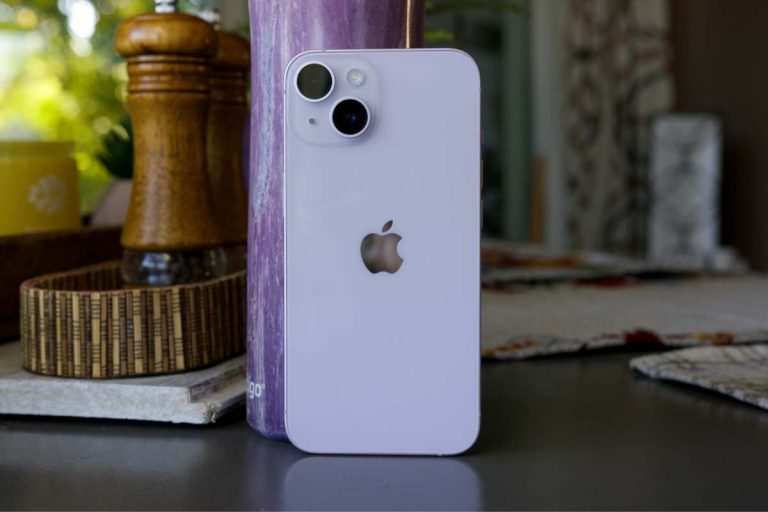Planning for retirement has become more important as the financial landscape continues to evolve. Social Security provides a critical foundation, but it is no longer enough to rely solely on it.
Increased life expectancy, fluctuating market conditions, and shifting retirement policies all require proactive financial planning. Comprehensive retirement strategies are more necessary than ever, especially when considering how to maximize Social Security benefits.
In this guide, we’ll explore why planning for retirement is essential and provide practical tips for securing financial stability. It also offers insights into the complexities of Social Security and how to make the most of it.
Table of Contents
Understanding Social Security Benefits
Although they sometimes fall short, Social Security benefits are a major source of income for many seniors. Your lifetime earnings record and job history decide how much you get.
As per the SSA, the timing of your claim submission is essential to optimize your benefits. While many people claim benefits as early as age 62, waiting until FRA can increase payouts. Claiming at age 70 further boosts monthly benefits, offering a more substantial income.
Understanding how your benefits are calculated can significantly impact the amount you receive in retirement. This knowledge can help you make smarter decisions for your future financial security.
What happens if I keep working after I claim Social Security?
Your Social Security payments may be decreased if you work before reaching the full retirement age. If your income exceeds a specific threshold, Social Security will deduct a percentage of your benefits. However, your benefits may increase once you reach FRA, making it worth delaying full withdrawal.
The Importance of Diversifying Retirement Income
Relying solely on Social Security can be risky, as it may not fully support your desired lifestyle. To create a more secure foundation for your retirement years, consider diversifying your income sources. Here’s how:
- Contribute to tax-advantaged accounts like 401(k)s, IRAs, and Roth IRAs for tax-deferred or tax-free growth.
- Invest in assets such as stocks, bonds, and real estate to protect against inflation and market volatility.
- Build a well-diversified portfolio that provides multiple income streams, reducing the impact of unexpected expenses and downturns.
Measuring Portfolio Diversification
Investopedia states that measuring portfolio diversification can be complex due to numerous variables across different asset classes. Accurately calculating a portfolio’s true diversification degree is impossible, with so many factors to consider.
Despite this, analysts use specific metrics to estimate and assess a portfolio’s diversification. Examples of these metrics include correlation coefficients and standard deviation.
Correlation coefficients measure how two assets move together, ranging from -1 (opposite) to 1 (similar). Standard deviation quantifies investment risk by analyzing how far returns deviate from their average performance. Diversification can also be evaluated by asset count, weighting, or allocation across sectors and asset classes.
How does portfolio rebalancing affect diversification?
Rebalancing modifies your portfolio to keep your intended asset allocation. Over time, certain assets will outperform others, causing the balance of your portfolio to alter. Regular rebalancing keeps your portfolio diverse and on track with your financial objectives, allowing you to control risk and maximize returns for retirement savings.
The Role of Financial Planning Firms
According to MyStages, financial planning firms are crucial in creating a successful and sustainable retirement strategy. These specialists assist with complex issues such as Social Security, investments, taxes, and estate planning. With personalized advice, a financial planner designs a strategy that corresponds with your retirement goals.
McKinsey also reports that personalized investing is growing and is now a key factor in client satisfaction. Innovations like direct indexing, fractional shares, and $0 commissions are opening up customized portfolios to more investors. These changes are making personalized investment strategies more accessible than ever before.
Financial planners who offer personalized advice take into account your risk tolerance, time horizon, and financial situation. A financial planner is your Social Security guide, helping you optimize your benefits to maximize your payout.
You ensure you stay on track for a financially secure retirement by working with a financial planner. Regularly adjusting your plan with their help helps you remain prepared for changes.
How do financial planners ensure retirement readiness?
Financial advisors review your retirement objectives and determine if your savings are on track. They develop a customized strategy that takes into account issues such as Social Security, pensions, and investment growth. Regular check-ins and adjustments help you stay focused and prepared for retirement, ensuring a secure financial future when the time comes.
The Impact of Inflation and Rising Healthcare Costs
Inflation and healthcare expenses are two of the most significant concerns confronting seniors today. Over time, inflation reduces the purchasing power of your money, making it more difficult to sustain your lifestyle.
Healthcare expenditures are rapidly growing, and Medicare only pays a fraction of them. Long-term care and prescription prescriptions can have a substantial influence on your retirement savings and financial stability.
Planning for these costs is crucial to avoid surprises in the future. Consider setting up health savings accounts (HSAs) or long-term care insurance to manage medical expenses.
CFPB mentions that HSAs have seen a massive rise in popularity, with around 36 million accounts in 2023. These accounts now hold over $116 billion in assets, reflecting a 500% growth since 2013. This growth aligns with the increasing use of high-deductible health plans, which were designed to offer tax benefits for HSA users.
A retirement plan that factors in inflation and healthcare costs helps safeguard your financial future.
Should I adjust my retirement budget for inflation?
Yes, adjusting your retirement budget for inflation ensures that you account for increasing costs. Include potential future increases in healthcare, utilities, and everyday expenses. A proactive approach helps you maintain your desired lifestyle in retirement, even as inflation raises the cost of living, keeping your finances on track.
The Benefits of Starting Early and Staying Consistent
Starting early allows your money to increase over time through compound interest, which benefits your retirement savings. It allows you to make lesser contributions over time while still accumulating large wealth.
Even if you start later, consistency is key to long-term success. Regular contributions to retirement accounts can help you achieve your retirement objectives over time.
Consistent investment techniques strike a balance between risk and return, laying a stable basis for the future. As your retirement plan evolves, discipline and strategy adjustments keep you on track to enjoy a secure, stress-free retirement.
How can consistency lead to improved financial habits?
Staying consistent with your financial habits, like budgeting, saving, or paying off debt, builds discipline over time. Making these practices part of your daily routine helps you build a solid financial foundation. This consistency leads to improved decision-making and higher financial stability in the long run.
The financial landscape is always changing, so a proactive approach to retirement planning is essential. Social stability provides a foundation, but diversifying income sources is also critical for long-term stability. Maximizing benefits via smart planning can greatly increase retirement income.
Understanding the complexity of Social Security helps you make smarter decisions. Working with financial planners provides significant insight for developing an effective retirement strategy. Consistency in contributions and early preparation are critical to financial success.









